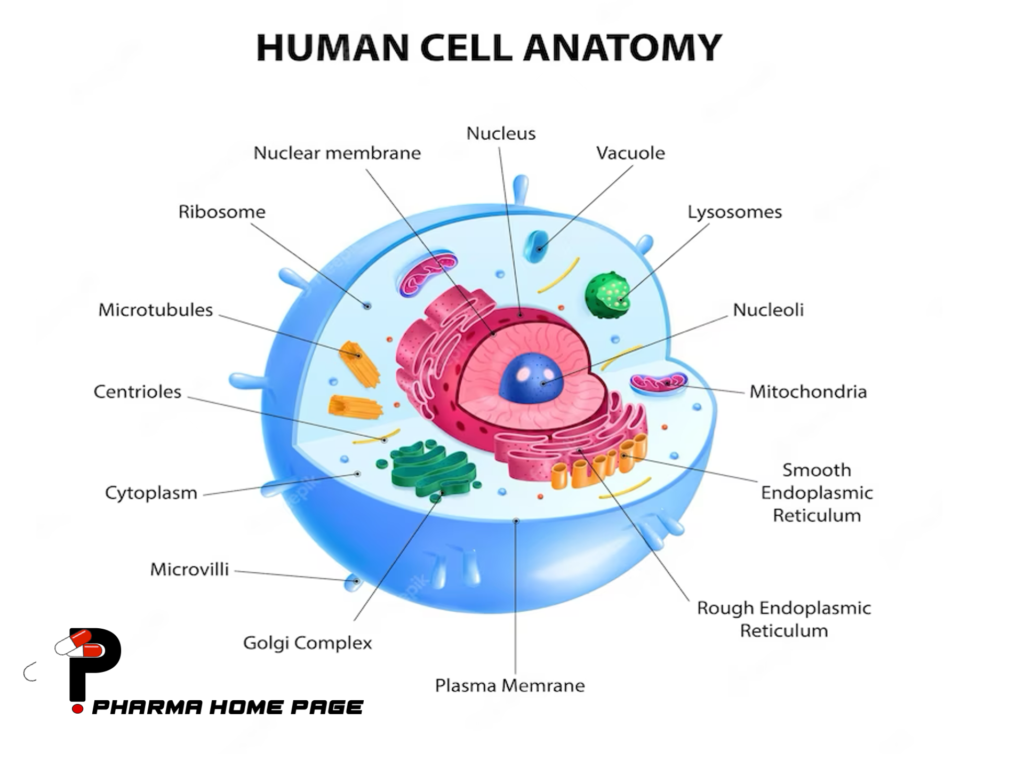Cells are the basic building blocks of all living things. Although they differ in size, shape, and function, they all share certain structural features and perform common functions.
Cell structure:
The basic structure of cells can be divided into two major components:
1. Cell membrane:
It is a thin, flexible, selectively permeable membrane that surrounds the cell and separates it from its surroundings. Regulates movement of substances in and out of cells.
2. Cytoplasm:
The gel-like substance that fills cells and contains various organelles such as mitochondria, ribosomes, and endoplasmic reticulum. The cytoplasm is the site of many metabolic processes.

Cell function:
1. Energy production:
Cells generate energy through the process of cellular respiration that occurs in mitochondria. This process converts glucose to ATP. ATP is used by cells to perform various functions.
2. Protein synthesis:
Cells use ribosomes to synthesize proteins. The process of protein synthesis involves the assembly of amino acids into chains that fold into complex shapes to create functional proteins.
3. Cell division:
Cells divide to form new cells. This process is essential for tissue growth, development and repair.
4. Transportation:
Cells regulate the movement of substances in and out of cells. Cell membranes are selectively permeable, allowing certain substances to pass through and blocking others. 5. Communication:
Cells communicate with each other through various chemical and electrical signals. These signals are essential for coordinating cell and tissue activity.
6. Defense:
Cells play an important role in the body’s defense against pathogens and foreign substances. Immune cells recognize and destroy foreign invaders and protect the body from disease.
Overall, cells are complex structures that perform a variety of functions essential for organism survival and growth.
